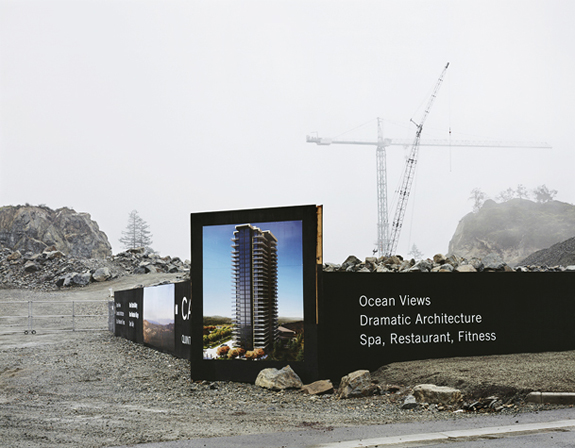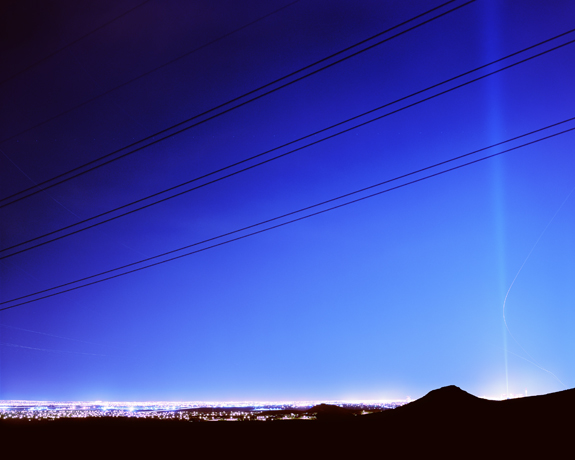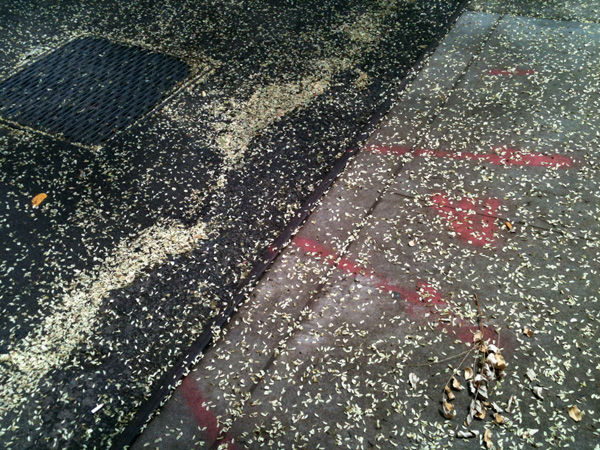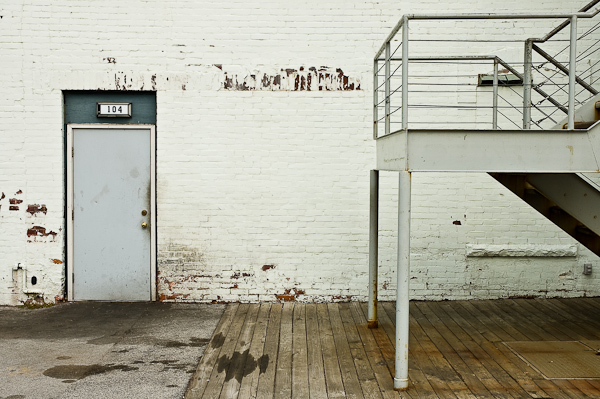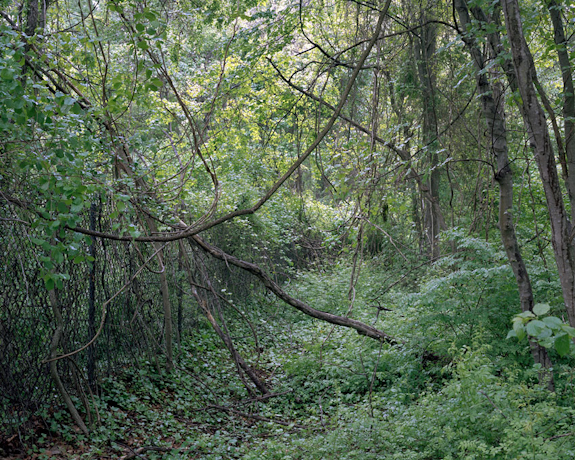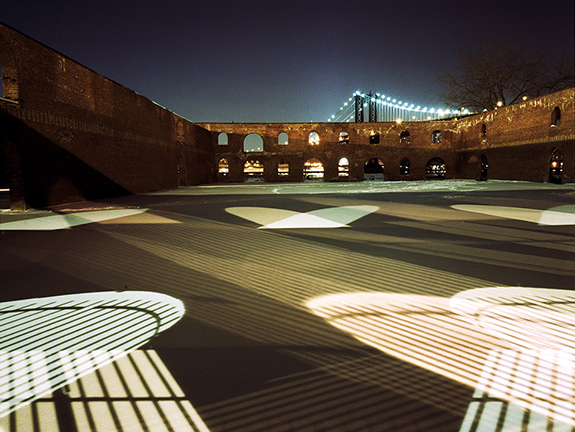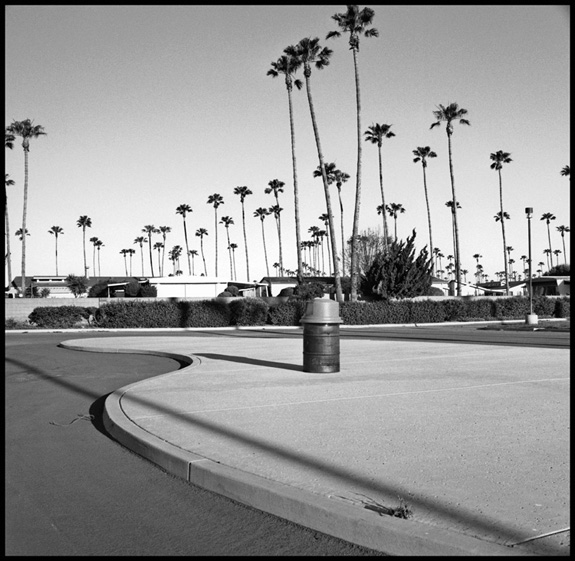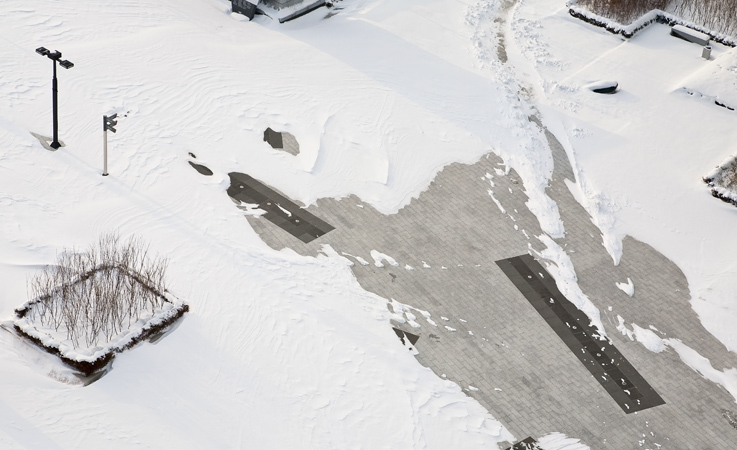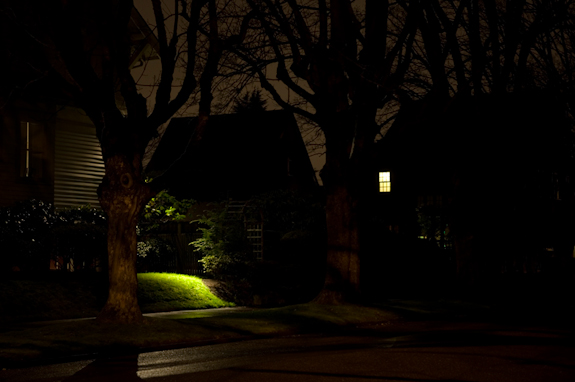
My work explores the contemporary landscape at night, revealing a psychological exploration within a physical space. Most of the works depict a minimal light source within residential and urban environments, such as a single window lit from within. It implies the activity of others, even though they can’t be seen. But what is important in the photograph is what is not seen – what is implied. I provide only minimal information, allowing a freedom and open-endedness to the work, but not without direction. While seemingly voyeuristic or isolated, there is also a sense of belonging in the space – a comfortable exploration. Similar to the visual and physical experience at night, the eye and senses must be given time to adjust. I am asking the viewer to invest in a slow read of the work, giving time for contemplation.
— Kimi Kolba
